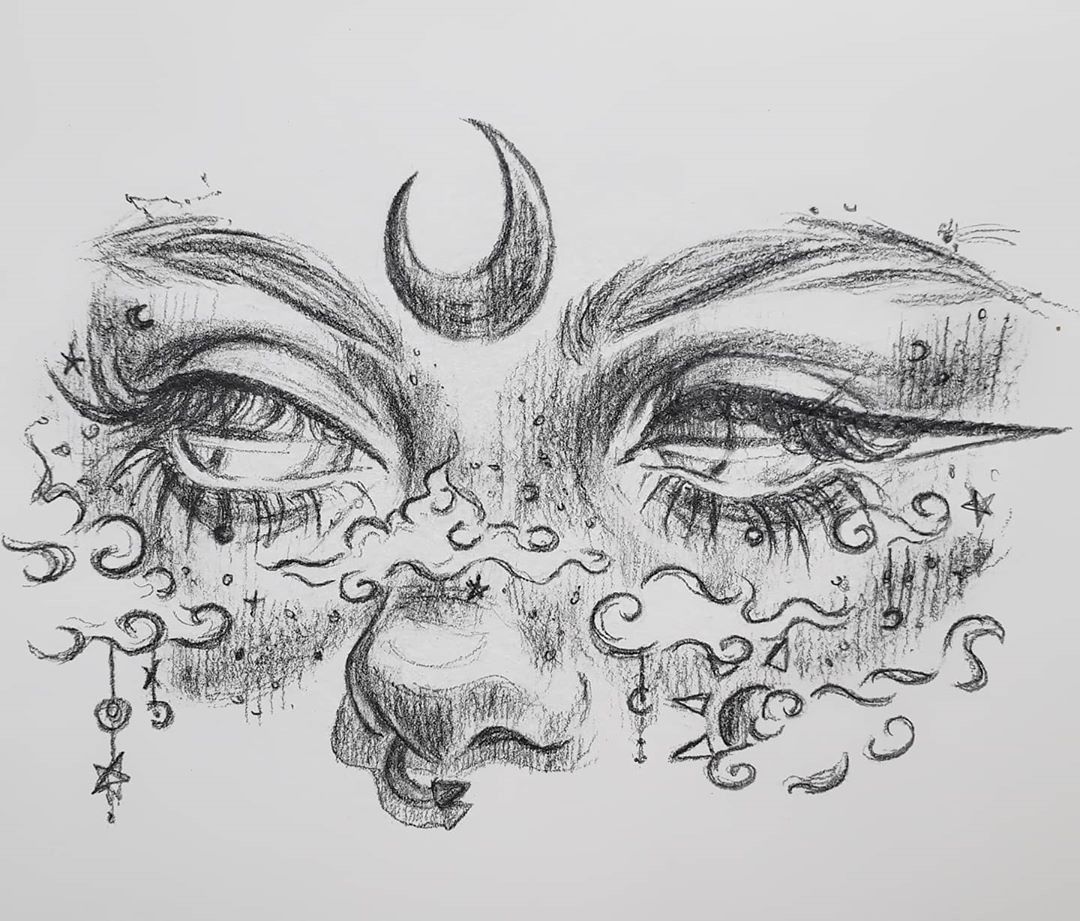
Art pencil sketch drawing stands as a testament to the enduring allure of traditional artistic mediums. In a world increasingly dominated by digital technologies, the humble pencil sketch retains its timeless charm and continues to captivate artists and admirers alike. The simplicity of a pencil, coupled with the artist’s skill, gives rise to intricate and emotive works of art that resonate on a profound level. In this article, we will explore the rich history, techniques, and contemporary relevance of art pencil sketch drawing.
The History of Pencil Sketch Drawing:
Pencil sketching has a long and storied history, dating back to the Renaissance period when artists like Leonardo da Vinci utilized graphite to create preliminary studies for their masterpieces. The advent of graphite as a drawing medium in the 16th century marked a significant departure from the earlier use of metalpoint and charcoal. Graphite’s versatility and ease of use quickly made it a popular choice among artists.
During the 18th and 19th centuries, pencil sketch drawing gained prominence as an art form in its own right. Artists such as Francisco Goya and John Constable utilized pencil sketches to capture fleeting moments, explore compositions, and document their observations. The medium became a valuable tool for artists to refine their ideas before committing them to more permanent surfaces like canvas.
Techniques of Pencil Sketch Drawing:
Art pencil sketch drawing relies on a combination of techniques to bring images to life. Understanding these techniques is crucial for artists looking to master the craft and express their creativity effectively.
- Line Variation: One of the defining features of pencil sketching is the use of varied line weights. Artists employ a range of pressures and strokes to create lines of different thicknesses, allowing them to convey depth, texture, and emphasis within their sketches.
- Shading and Hatching: Shading is a fundamental aspect of pencil sketching that involves manipulating light and shadow to add dimension to drawings. Hatching, cross-hatching, and stippling are common techniques used to create tonal variations and gradients, contributing to the overall visual impact of the sketch.
- Erasing and Smudging: Pencil sketches allow for a degree of flexibility through erasing and smudging. Artists strategically erase or smudge certain areas to achieve desired effects, highlighting highlights or creating subtle transitions between light and dark.
- Blending: Blending involves the use of blending tools or fingers to create smooth transitions between different pencil strokes. This technique is particularly effective for achieving realistic textures and soft gradients.
Contemporary Relevance:
In the age of digital art, where tablets and styluses have become ubiquitous tools for artists, the enduring relevance of art pencil sketch drawing may seem surprising. However, the tactile experience and intimate connection between the artist and the medium remain unmatched. Pencil sketching offers a hands-on approach that allows artists to feel the texture of the paper, experience the resistance of the pencil, and witness the gradual emergence of their creation.
Moreover, pencil sketches possess a distinct aesthetic that resonates with many art enthusiasts. The raw, unfiltered nature of pencil on paper imparts a sense of authenticity and immediacy to the artwork. This authenticity is particularly valued in a world saturated with digitally manipulated images.
Art pencil sketch drawing also serves as an essential foundation for artists across various disciplines. Whether creating preliminary studies for paintings, developing character designs for animation, or conveying ideas in a sketchbook, pencil drawing remains an indispensable skill. The discipline required to create compelling pencil sketches translates into a honed ability to observe, analyze, and execute with precision.
Beyond its technical and aesthetic merits, art pencil sketch drawing also offers therapeutic benefits. The meditative process of putting pencil to paper, focusing on each stroke, and immersing oneself in the creative act can be a form of stress relief and self-expression. Artistic expression has long been recognized as a therapeutic outlet, allowing individuals to communicate complex emotions and thoughts that may be challenging to convey verbally.
Conclusion:
Art drawings pencil drawing, with its rich history, diverse techniques, and enduring relevance, stands as a testament to the enduring power of traditional artistic mediums. In a world driven by technological advancements, the simplicity and authenticity of pencil sketches continue to captivate both artists and admirers. As a medium that bridges the gap between observation and imagination, pencil sketching remains an invaluable tool for artists across disciplines, fostering creativity, expression, and a deep connection with the artistic process.

Tech Hub Digital, a one-stop destination for complete technology-related information.

